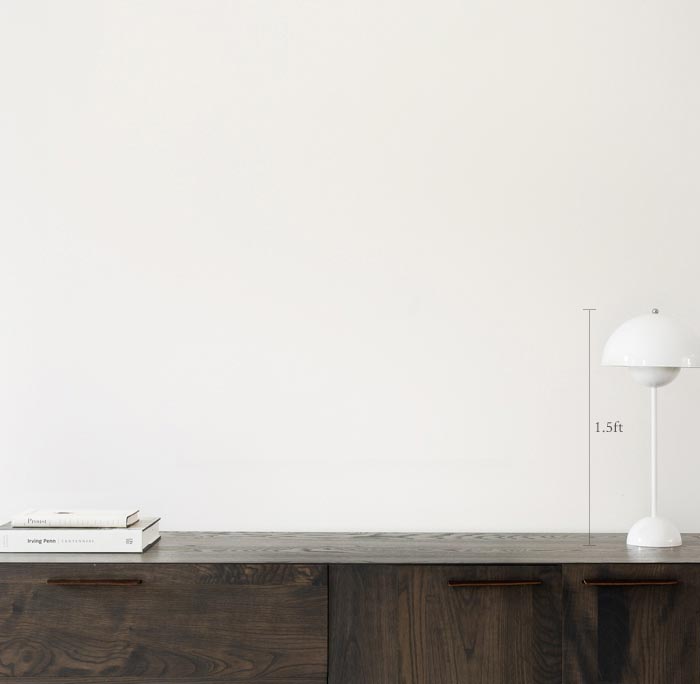


8034 Views
34
View In My Room
Painting, Oil on Canvas
Size: 27.6 W x 23.6 H x 0.8 D in
Ships in a Crate
8034 Views
34
Artist Recognition

Artist featured in a collection
ABOUT THE ARTWORK
DETAILS AND DIMENSIONS
SHIPPING AND RETURNS
Casino is painting from series of seven deadly sins. It is seen through night atmosphere of urban environment and could be associated with Hieronymus Bosch.
Year Created:
2007
Subject:
Styles:
Medium:
Painting, Oil on Canvas
Rarity:
One-of-a-kind Artwork
Size:
27.6 W x 23.6 H x 0.8 D in
Ready to Hang:
Not Applicable
Frame:
Not Framed
Authenticity:
Certificate is Included
Packaging:
Ships in a Crate
Delivery Cost:
Shipping is included in price.
Delivery Time:
Typically 5-7 business days for domestic shipments, 10-14 business days for international shipments.
Returns:
14-day return policy. Visit our help section for more information.
Handling:
Ships in a wooden crate for additional protection of heavy or oversized artworks. Artists are responsible for packaging and adhering to Saatchi Art’s packaging guidelines.
Ships From:
Serbia.
Customs:
Shipments from Serbia may experience delays due to country's regulations for exporting valuable artworks.
Need more information?
Need more information?
Georg Redzek
Serbia
Myths in/about modernity Georg Redžek’s paintings are characterized by allegory, reference to the works of Bosch, Brueghel and Dürer, as well as by self-awareness about the problems of the new-millennial digital age. Seemingly incompatible, these three characteristics meet in Redžek’s works thanks to his combination of classical motifs and representative signs of the modern, contemporary age. In the latest series of works created during 2020 and 2021, the classical motifs are a labyrinth, a white rabbit (as a symbol of resurrection, reincarnation and revitalization), Last Supper and pigs in front of which “pearls had been thrown”. Redžek sets these classical motifs in compositions with representatives of modern and contemporary times, such as displays, bar codes, cables, the Coca-Cola logo, in order to re-examine and display the time in which we live. The labyrinth is an allegorical motif that has fascinated people since the ancient days, becoming a symbol of human perseverance, resourcefulness, skills, but also of complete loss and inability to get out of a given situation. It is therefore associated with feelings of anxiety, alienation, separation from others, fear of complete helplessness, but it also becomes a symbol of contemporaneity for which it is not known in which direction it develops (degrades) and how it can end. To these features of the labyrinth, Redžek adds new values, showing that the labyrinth is more than an adequate symbol to represent the global events that have taken place over the past two years. In one painting, the labyrinth is an allegory of a completely desolate city, seemingly mythical or dystopian, but in fact extremely realistic, because the cities were completely empty during recent lockdowns and restrictive measures. Without a single person, the labyrinth loses its meaning – without a man lost in it, the labyrinth in itself represents nothing, which shows that a city without people on the streets is no longer a city. In the second painting, the motif of labyrinth becomes a set of multiplied walls as a still applied system of separation and segregation. By reducing labyrinth to walls, Redžek introduces a novelty in his work in a sense that he does not create reminisce about Bosch, Bruegel or Dürer, but he quotes works of the contemporary artist Banksy, namely his art of resistance, ie the art of graffiti and murals on public walls.
Artist Recognition

Artist featured by Saatchi Art in a collection
Thousands of 5-Star Reviews
We deliver world-class customer service to all of our art buyers.
Satisfaction Guaranteed
Our 14-day satisfaction guarantee allows you to buy with confidence.
Global Selection of Emerging Art
Explore an unparalleled artwork selection by artists from around the world.
Support An Artist With Every Purchase
We pay our artists more on every sale than other galleries.